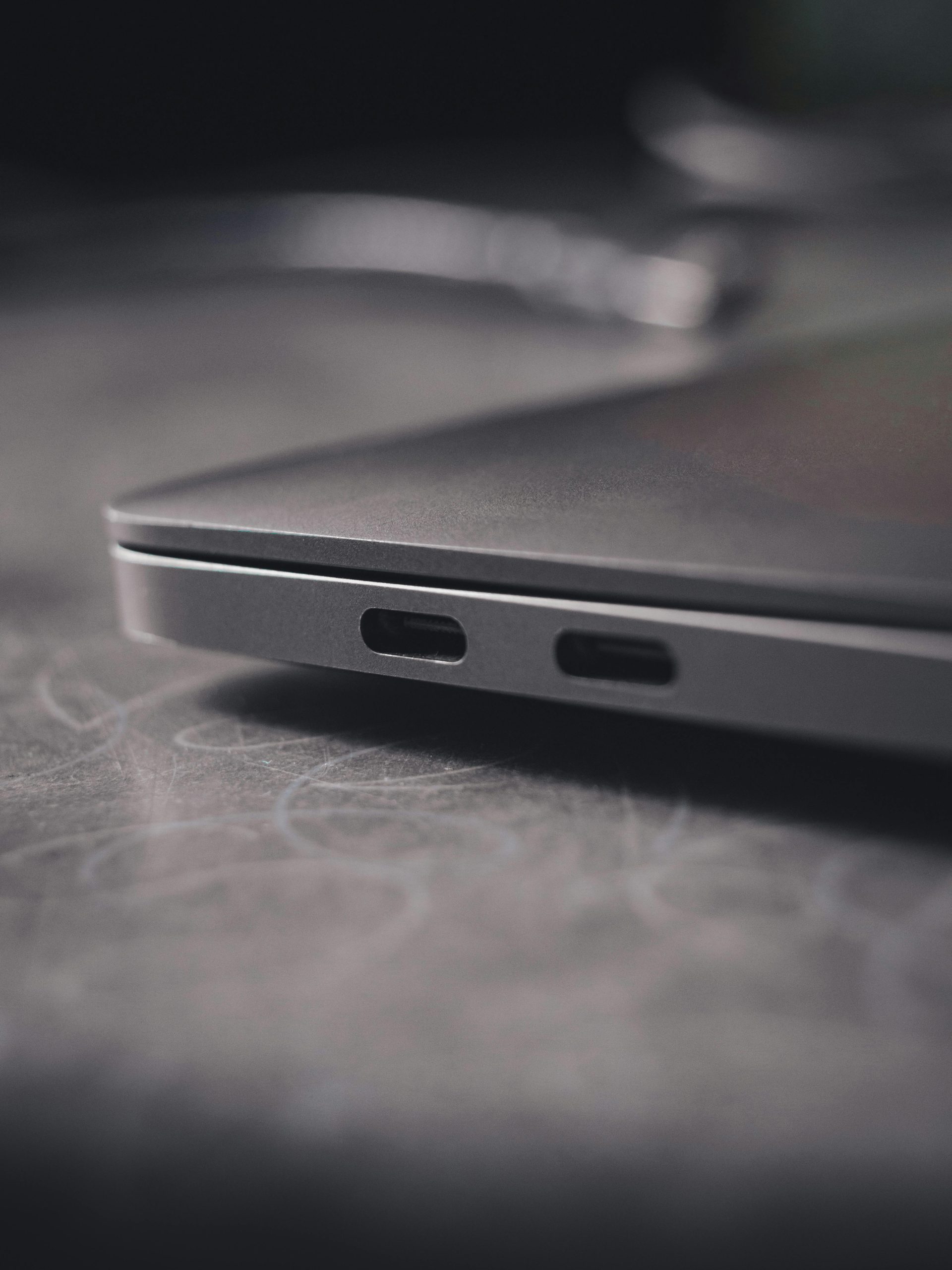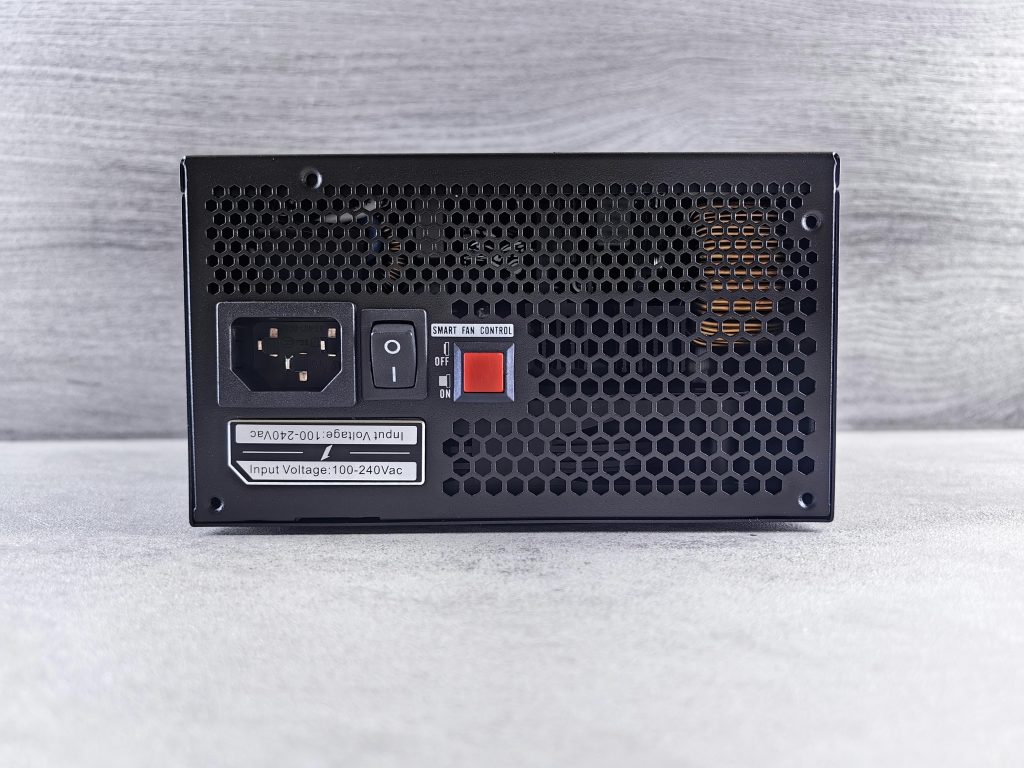Understanding the Charging Issue on Dell Precision 5550 When Powered Off: An In-Depth Explanation
Introduction
Many users rely on their Dell Precision 5550 for demanding professional tasks, and uninterrupted power functionality is critical. Recently, some users have reported a peculiar charging behavior that appears only under specific circumstances—that is, when the laptop is fully powered down. This article delves into the nature of this issue, sharing insights into its possible causes, troubleshooting steps taken, and potential solutions.
The Nature of the Problem
The core issue involves the laptop’s charging indicator and own detection system failing to recognize that the charger is connected, but only under a specific sequence of actions when the device is turned off:
- The user initiates with a fully powered-down (shutdown) laptop.
- The charger is plugged into both the wall outlet and the laptop.
- The charger is then unplugged from the wall outlet while the USB-C cable remains connected to the laptop.
- Subsequently, the charger is reconnected to the wall outlet without disconnecting from the laptop.
Under these steps, the laptop’s charging indicator light (which normally shows white or amber) does not illuminate, and the device does not acknowledge the power connection. The issue does not occur if the user:
- Connects the charger from a completely unplugged state (both wall and laptop) to a powered-down laptop.
- Connects the charger while the laptop is running or in sleep mode.
Troubleshooting Efforts and Observations
Extensive troubleshooting has been undertaken to identify potential causes:
- Hard Reset (Power Drain): Performing a full power drain by unplugging all components and holding the power button for approximately 30 seconds temporarily restores normal charging behavior.
- BIOS Updates: Updating BIOS from version 1.38.0 to 1.39.0 did not resolve the issue.
- BIOS Settings Reset: Restoring BIOS settings to default had no effect.
- Dell Optimizer Removal: Uninstalling Dell’s power management software did not impact the symptom.
- Physical Inspection: The USB-C port and cable are intact and free from visible damage.
Hypothesized Cause
Based on these observations, the issue appears to stem from a firmware or hardware communication glitch, likely involving the Embedded Controller (EC). The EC manages power states and other low-level hardware functions. The suspected flaw is a race condition or a firmware bug that causes the EC to become stuck in a low-power or power-verification state
Share this content:

